It’s breeding season for most of Adelaide’s native frogs. Learn about the 4 frog species to keep an ear out for next time you explore a local creek, river or wetland.
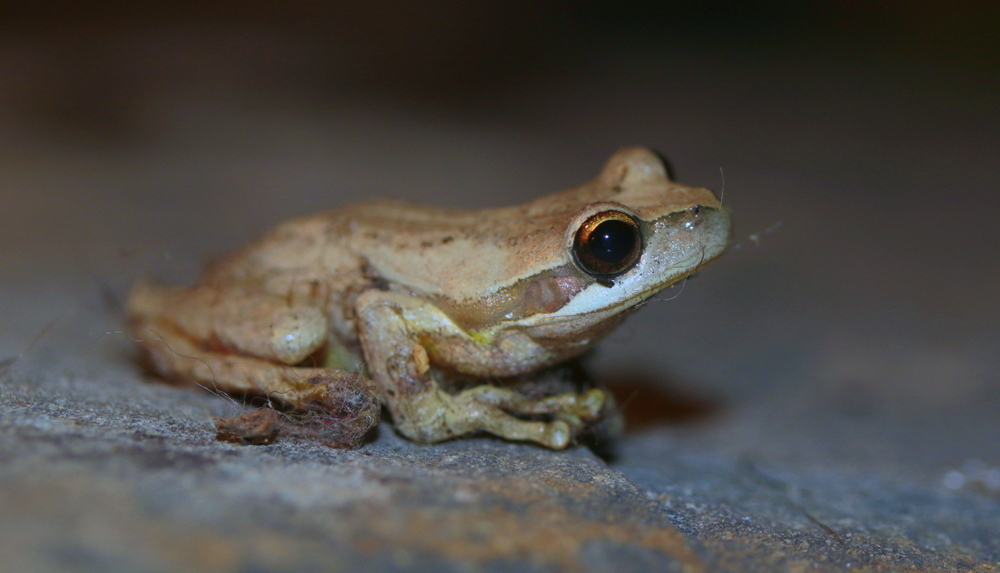
Frogs are an important part of nature and are excellent indicators of water quality and environmental health. Their permeable skin, which allows liquid and gas to get through, makes them sensitive to pollution.
While frogs can be heard calling at almost any time of the year (depending on the species), they’re extra noisy when they’re on the hunt for potential partners – and 4 of 6 Adelaide frog species are on the lookout now.
Adelaide’s brown tree frogs, common froglets, spotted marsh frogs and eastern banjo frogs all start calling during August and continue throughout spring and into early summer.
Read on to learn more about these locals and discover how they sound.
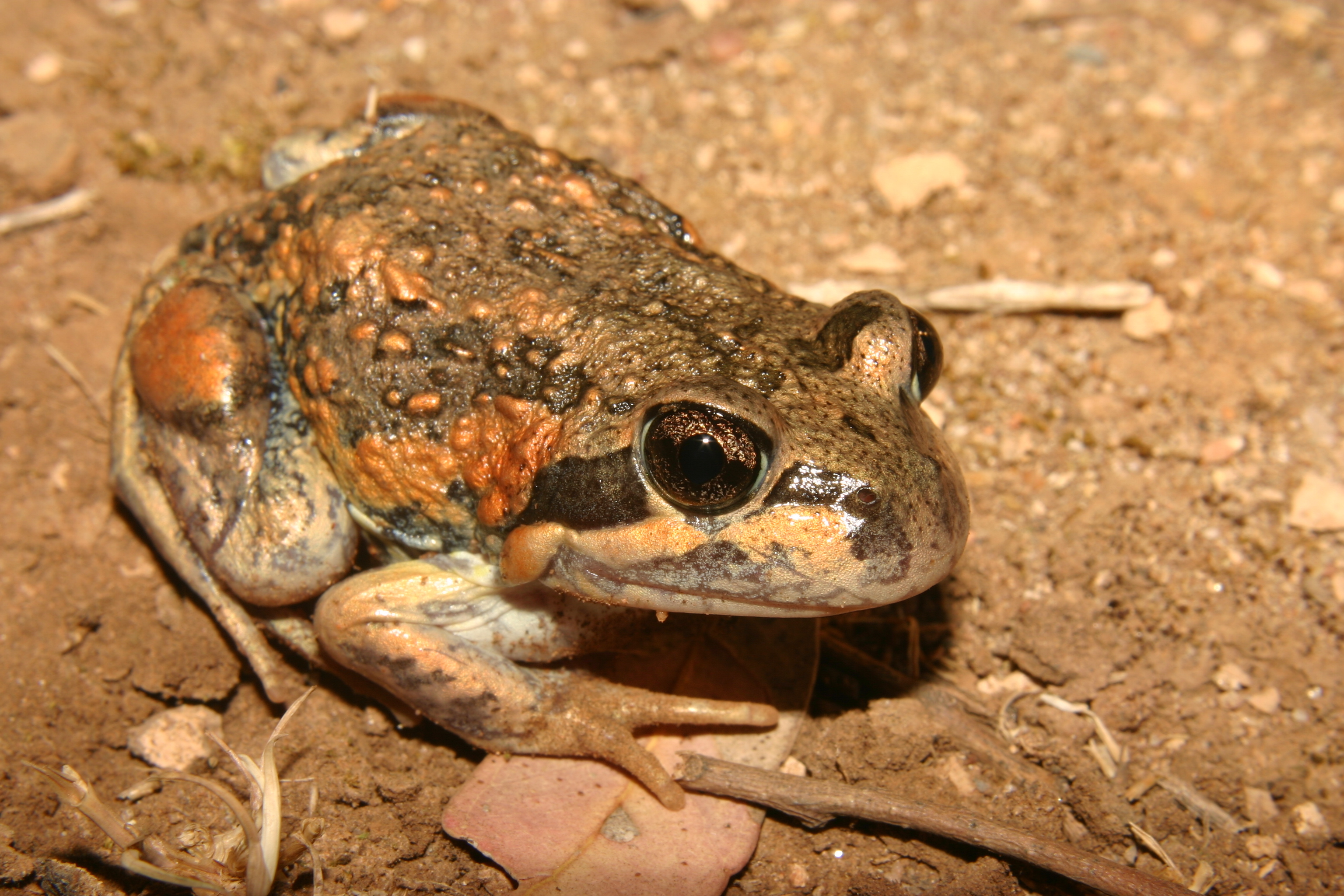
1. Eastern banjo frog
Eastern banjo frogs (Limnodynastes dumerilii), also known as pobblebonks or bull frogs, are a relatively large frog – they grow to up to 9 cm long.
They like to hang out underground and because of this, they’re sometimes found by people digging up their backyards.
Eastern banjo frogs have large poison glands on their legs to discourage predators from eating them. They’re not especially dangerous to humans but it’s still best not to touch them because the secretions may irritate, particularly if you get it in your eyes.
Frogs’ permeable skin also puts them at risk of absorbing and being impacted by anything they come in contact with, including even just the normal oils of our skin.
Tadpoles of this species can take 15 months to transform into frogs depending on the temperature, food available and water quality. Better conditions mean a faster transformation.
Listen to the call of the eastern banjo frog.
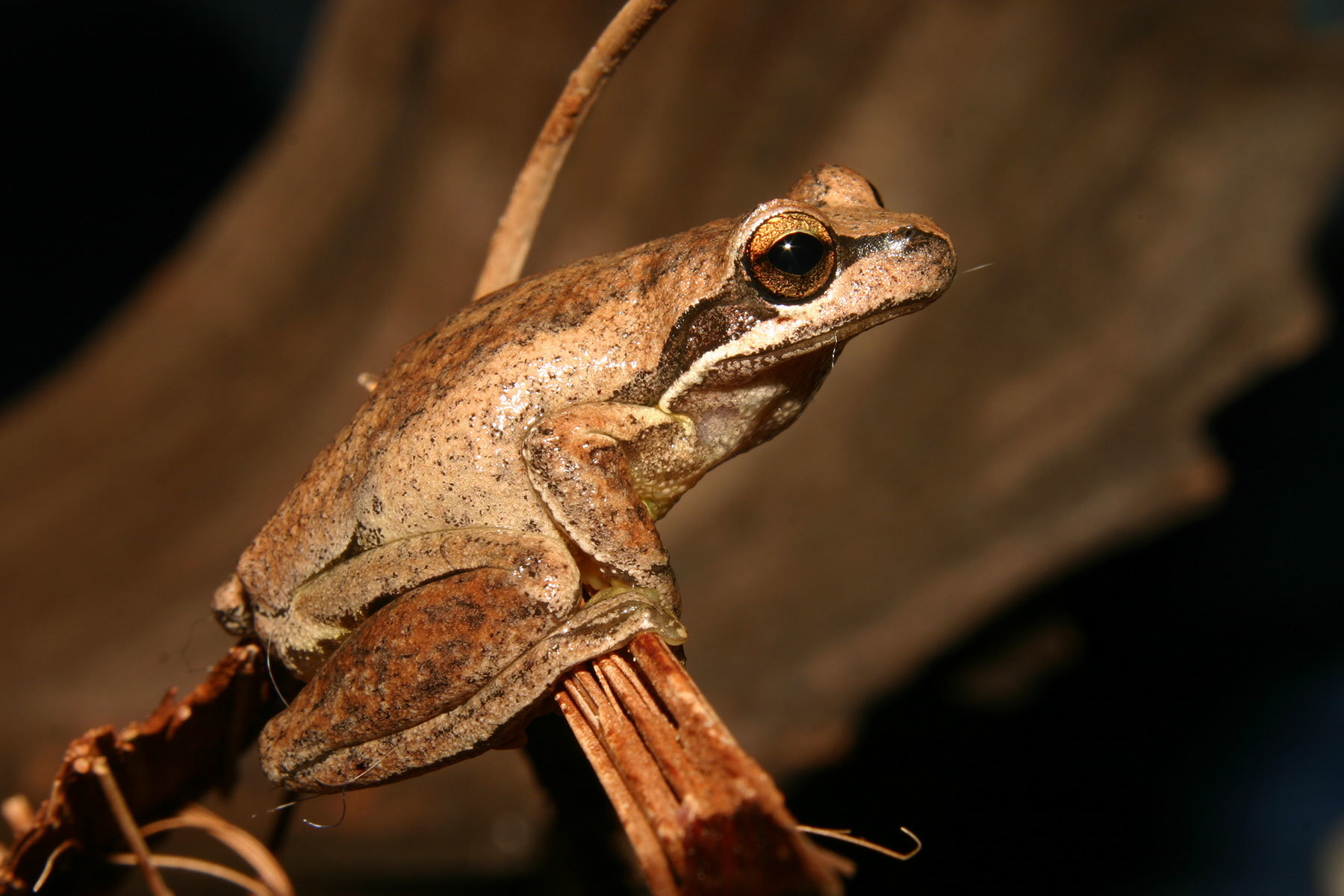
2. Brown tree frog
Brown tree frogs (Litoria ewingii) are the only tree frog species native to Adelaide.
They grow to 5 cm long and have red/orange markings with black spots on the inside of their legs. They use this colouring to confuse predators – flashing it at them as they jump away!
Another name you might hear this frog called is ‘Ewing’s tree frog’. As with all species, the most reliable name is its scientific name – Litoria ewingii. Animals and plants can have lots of common names, but they only ever have one scientific name.
Keep an eye out for this species clinging to windows and visiting bathrooms around Adelaide.
Listen to the call of the brown tree frog.
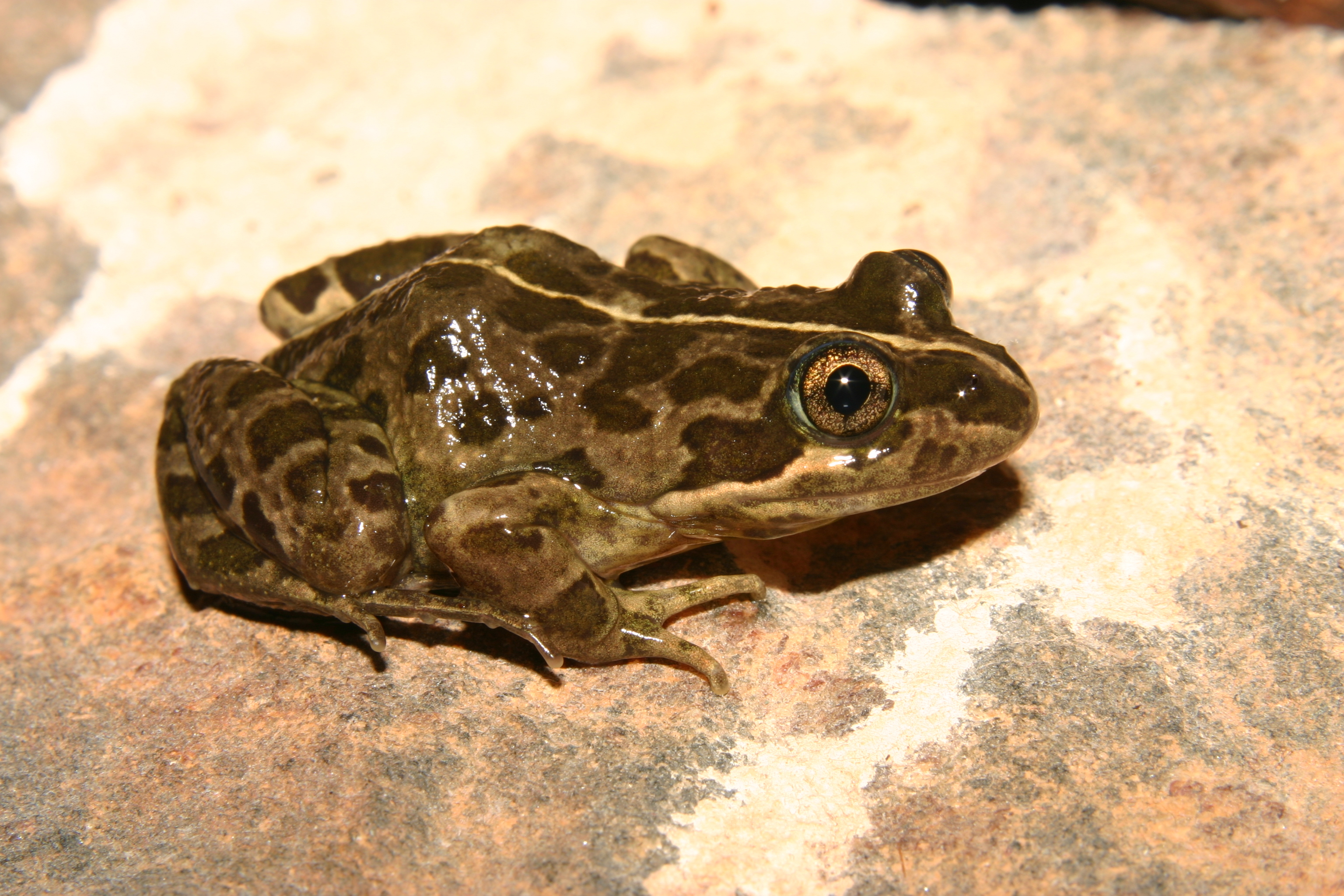
3. Spotted marsh frog
Spotted marsh frogs (Limnodynastes tasmaniensis) grow to up to 5cm long. Their fave spots to hang out are swamps, ponds and lagoons.
The females of this species have special flaps on their fingers that they use to trap air, which allows them to whip up foam nests in water. In this nest they may lay an incredible 1300 eggs!
It can take 5 months for tadpoles of this species to transform into frogs.
Fun fact: Tadpoles of all species don’t drop their tails to become frogs – they absorb them into their bodies! This gives them much-needed energy to make the transition from a life in water to a life on land.
Listen to the call of the spotted marsh frog.
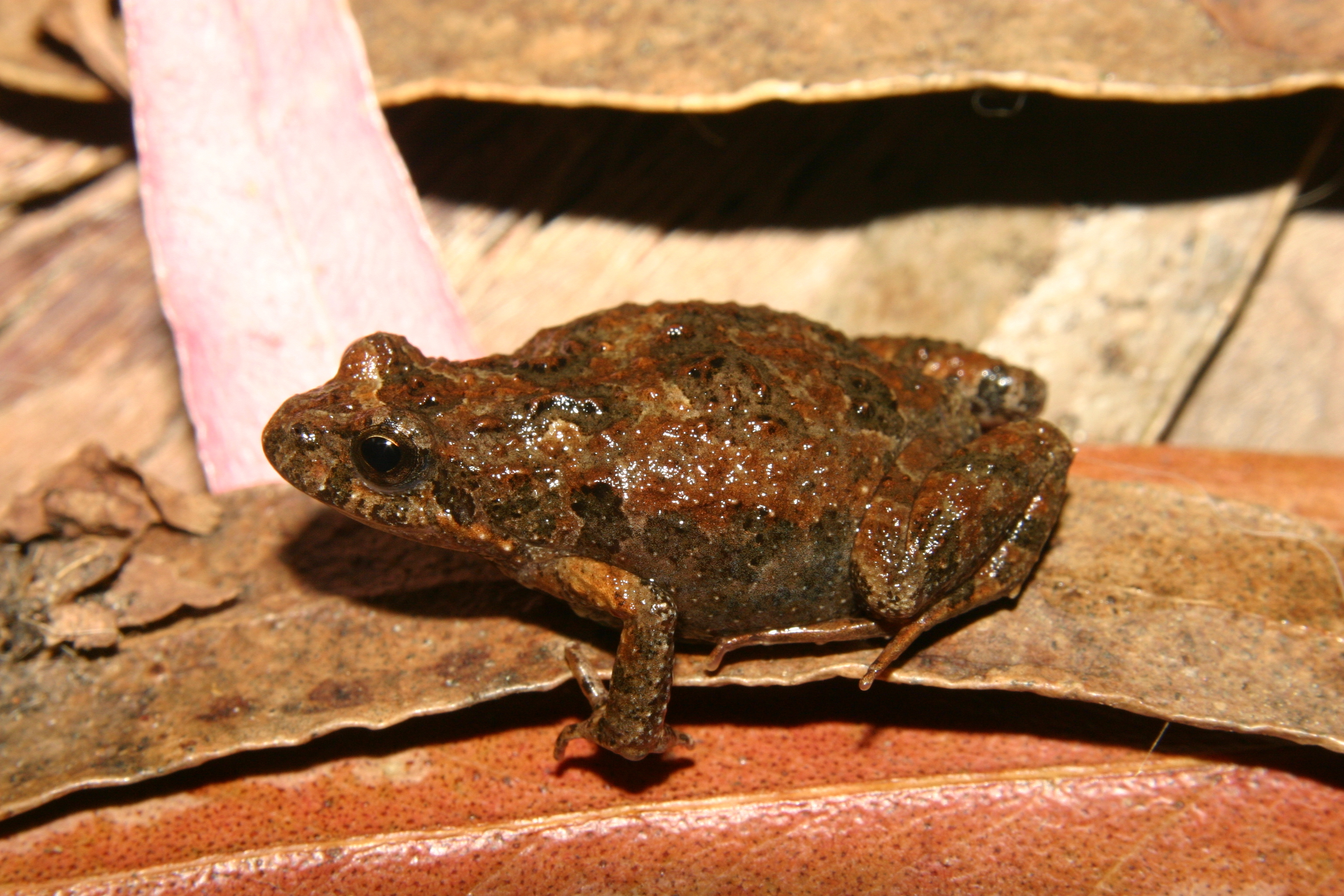
4. Common froglet
Common froglets (Crinia signifera) are small frogs between 2 cm and 3 cm long. They’re generally brown or grey but their colours, marking and textures vary a lot.
Like the name suggests, this species is common. As well as being able to find them almost anywhere in Adelaide, they can also be spotted – or heard – across Australia’s eastern states.
Common froglets breed all year-round, laying their eggs on twigs and leaves in water. Once hatched, the tadpoles can transform into frogs in as little as 28 days, or a maximum of 3 months.
Listen to the call of the common froglet.
Where to listen out for frogs
Almost anywhere there is water, there is the possibility of hearing frogs.
Here’s a few places around Adelaide to keep an ear out:
- Brownhill Creek Recreation Park
- Felixstow Reserve
- Oaklands Wetland
- Victoria Park / Pakapakanthi Wetland
Check out some of the other wetlands on this list too.
Get involved
You can help monitor frogs in Adelaide by signing up to FrogWatch SA. It’s super simple:
- Register on the FrogWatch SA website.
- Record frogs when you’re out and about.
- Submit your recordings via the FrogSpotter app or FrogWatch website.
It’s that easy and the recordings you collect will help experts keep track of how frogs are going in Adelaide.
You can also help frogs at home by:
- reducing chemical use
- creating a pond
- giving them boulders and logs to hide under
- planting native species that attract the critters frogs like to eat.
It sounds counter-intuitive, but frogs and swimming pools don’t go together. If they fall in, they will likely drown. Prevent this by putting a floating slope at the edge of the pool for frogs to climb out.
Find out how to create a frog-friendly garden or learn more about frogs on our ID chart.
This story was originally published in August 2022 as '4 frogs to listen out for in August'.